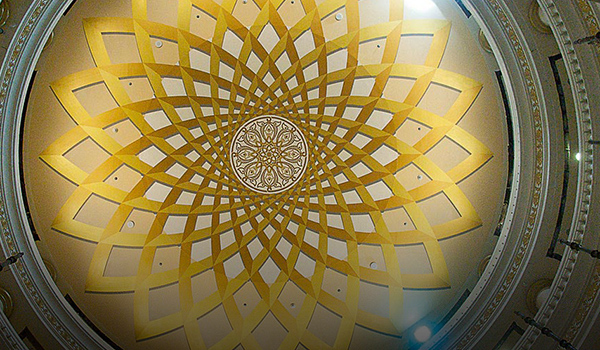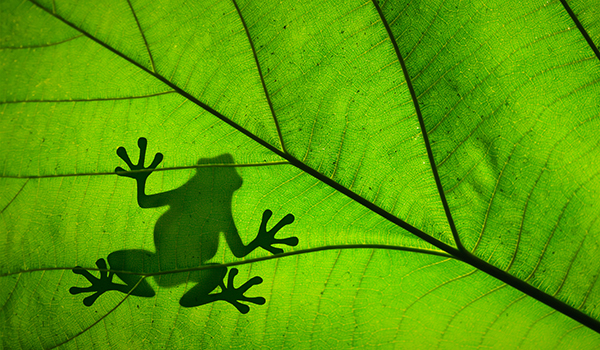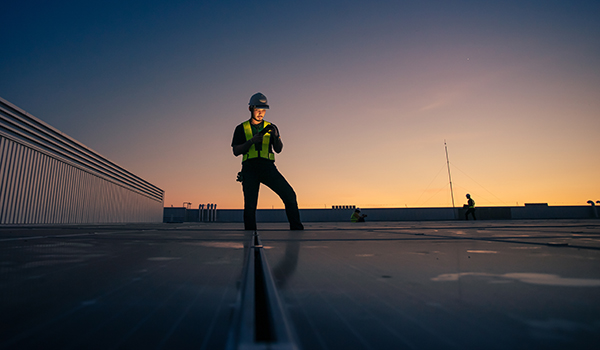The German trompe l’oeil artist Steffen Jünemann paints large-format works on Evolon® that can withstand wind and weather for years. His art can be found in China, Dubai and Canada, but also in Münster, Thuringia and Wuppertal, Germany.
It is white, soft, lightweight and feels velvety to the touch. It is found in bed linen, cosmetic wipes and bathrobes. And ever since Steffen Jünemann from Münster, Germany, accidentally discovered Freudenberg's microfilament textile on the internet, it also serves as a canvas for paintings. The material is called Evolon®. Jünemann is a trompe l’oeil artist. “Trompe l’oeil” means literally “trick of the eye”. The 45-year-old creates paintings that simulate three-dimensionality through perspective. This technique has existed for over 1,000 years. The Italian painters Michelangelo and Leonardo Da Vinci were masters of this art form. Da Vinci’s “The Last Supper” is not only a milestone of Renaissance art, but also gives the viewer a spatial perspective, even though it is only a two-dimensional image.









